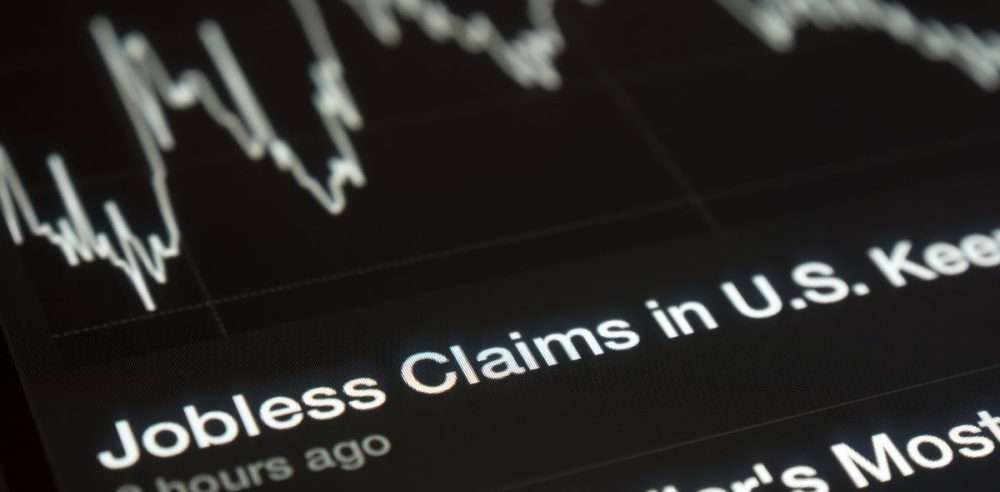In September, inflation crept higher than anticipated, with the annual rate reaching 2.4%, surpassing forecasts.
The monthly Consumer Price Index (CPI) rose by 0.2%, according to the Labor Department. This uptick, though minor, pushes inflation beyond expectations, despite being the lowest rate since February 2021. Core inflation, which excludes volatile food and energy prices, also exceeded predictions, with a 0.3% monthly increase and a 3.3% annual rate.
The inflation rise is largely due to surging food and shelter costs. Food prices jumped 0.4% and shelter costs 0.2%, offsetting a notable 1.9% decline in energy prices. Meanwhile, used vehicle costs and medical services also contributed, rising 0.3% and 0.7%, respectively. Notably, apparel prices surged by 1.1%, underscoring the persistent inflationary pressure in some sectors.
Simultaneously, unemployment claims surged to their highest levels since August, with 258,000 initial filings for the week ending October 5. This rise in jobless claims, up by 33,000 from the previous week, stems from factors such as the aftermath of Hurricane Helene and the Boeing strike, which impacted states like Michigan and Florida. The labor market’s volatility adds another layer of complexity to the economic picture.
Despite the inflation rate being above the Federal Reserve’s target, Fed officials remain cautiously optimistic. Chicago Fed President Austan Goolsbee emphasized the broader trend of easing inflation over the past year. He urged for patience, suggesting that monetary policy decisions should focus on long-term trends rather than short-term fluctuations.
Stock markets reacted cautiously to the report, with futures slipping and Treasury yields showing mixed movements. Traders remain optimistic that the Federal Reserve will lower interest rates by a quarter percentage point at their November policy meeting. The Fed’s overall sentiment suggests that while inflation persists, it is on a downward trajectory, though concerns about labor market fragility linger.
Food prices, particularly for eggs and butter, showed sharp increases, reflecting inflation’s stubborn hold on grocery bills. Meanwhile, shelter costs, although still high, have shown signs of moderating, offering hope for broader price stability in the future. The combination of inflation pressures and labor market instability creates a challenging landscape for policymakers as they navigate economic recovery.
This report highlights both the complexities of inflation control and the ripple effects in the job market, signaling challenges ahead.


